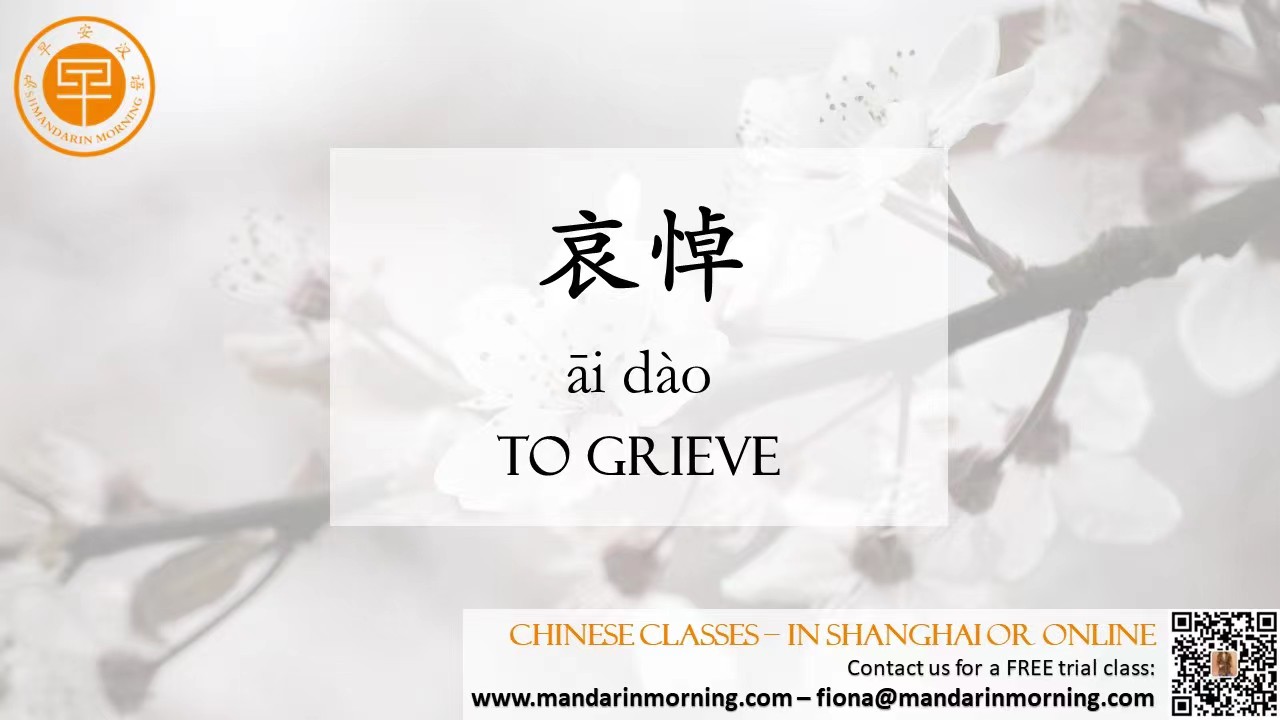Want to know more customs and traditions about Chinese funerals? Here is part two of our article. Offering Condolences Friends and relatives come to pay their respects to the deceased and offer their condolences to the family after receiving the obituary. Guests usually dress in black or white, and bring the family memorial funeral wreaths or memorial couplets depending on the closeness with the family. The family of the deceased should set up a memorial shed beforehand. There’s a table in front of the casket for the altar, with a black and white photograph of the deceased, offerings, incense, candlesticks and a lantern. The lantern symbolizes the soul of the deceased and should be lit day and night. It is taboo to leave the casket in broad daylight. Therefore, no matter how simple the ritual is, a shed must be built. Sometimes in addition to the main shed, other sheds are built used for guests to rest, drink tea and dine. Wailing At The Funeral Wailing is a major feature of Chinese funeral rituals. It’s not just general wailing, it is loud and ceremonial with certain rhythm and lyrics. It is performed throughout the funeral process by the relatives. The songs for the wailing sessions vary from different stages of the funeral. Moving The Casket To The Burial Site The burial site is carefully chosen by a feng shui master, and the ceremony has to be done at an auspicious time on an auspicious day. Before setting off, friends and relatives pay their final respects at the altar in front of the casket, then the funeral band plays mourning music and the eldest son or the heir breaks the pot with ashes of paper money in front of the casket, meaning that the deceased takes the money to the other world. With the funeral band’s music, the eldest son or the heir carries a spirit flag that hangs vertically (meant to guide the spirit of the deceased) and starts the parade with his siblings, followed by the casket which can be carried by 8, 16 or 32 casket bearers, and then followed by other relatives and friends. On the way to the grave site, whenever the casket bearers let the casket rest, the wailing begins. The wailing session continues until the casket is lifted again. The Burial When the parade arrives at the grave site, the altar lantern is placed in a shrine on the wall of the grave pit, and the casket is slowly lowered. The eldest son or the heir begins to shovel the earth to bury the casket and pile the earth into a heap, and places the spirit flag on top on it. Those involved in the burial must circle the tomb three times and cannot look back on the way home. in case the spirit of the deceased sees it and is reluctant to leave. After the burial people must wash their hands, and some even do it with alcohol. This is to express the hope that no one will die in the future. Then the family of the deceased thanks the funeral band and the guest and arranges a meal for all. |